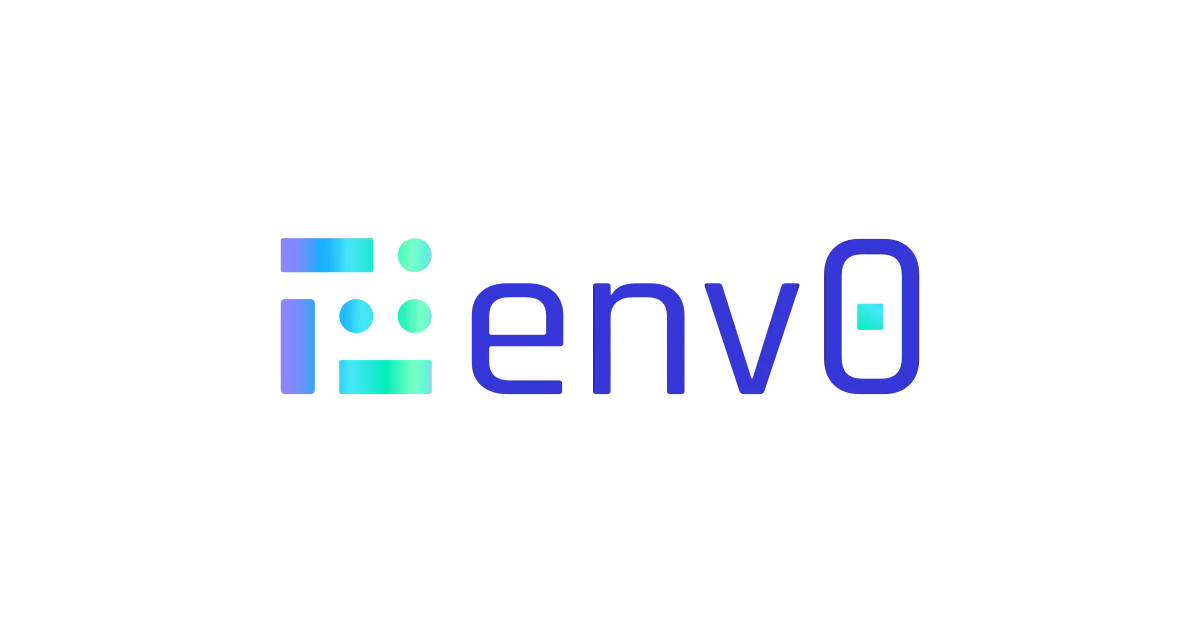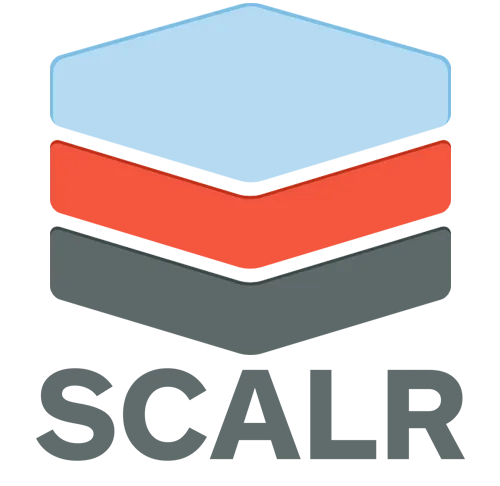
In the modern era of cloud computing, developers and organizations are increasingly turning to Infrastructure as Code (IaC) to streamline the process of provisioning and managing cloud resources. Two of the most popular tools in the IaC landscape are Spacelift and Terraform. In this post, we will explore what Spacelift and Terraform are and how they work together to provide an efficient and seamless cloud infrastructure management experience.
Spacelift: Continuous Infrastructure Delivery
Spacelift is a Continuous Infrastructure Delivery (CID) platform that simplifies the process of deploying and managing IaC. It offers a way to automate your infrastructure provisioning while integrating seamlessly with your CI/CD (Continuous Integration/Continuous Deployment) pipeline. Spacelift supports various IaC tools like Terraform, Pulumi, and AWS CloudFormation.
Some key features of Spacelift include:
Terraform: A Declarative IaC Tool
Terraform, created by HashiCorp, is a popular open-source IaC tool that allows you to define, provision, and manage cloud infrastructure using a simple declarative language called HashiCorp Configuration Language (HCL). Terraform enables you to treat your infrastructure as code, making it easy to version, test, and collaborate on changes.
Key benefits of Terraform include:
Spacelift and Terraform combine to form a powerful duo that simplifies and automates the process of provisioning and managing cloud infrastructure. Spacelift acts as the orchestration layer, automating Terraform operations and integrating them with your version control and CI/CD systems.
Stream.Security delivers the only cloud detection and response solution that SecOps teams can trust. Born in the cloud, Stream’s Cloud Twin solution enables real-time cloud threat and exposure modeling to accelerate response in today’s highly dynamic cloud enterprise environments. By using the Stream Security platform, SecOps teams gain unparalleled visibility and can pinpoint exposures and threats by understanding the past, present, and future of their cloud infrastructure. The AI-assisted platform helps to determine attack paths and blast radius across all elements of the cloud infrastructure to eliminate gaps accelerate MTTR by streamlining investigations, reducing knowledge gaps while maximizing team productivity and limiting burnout.



